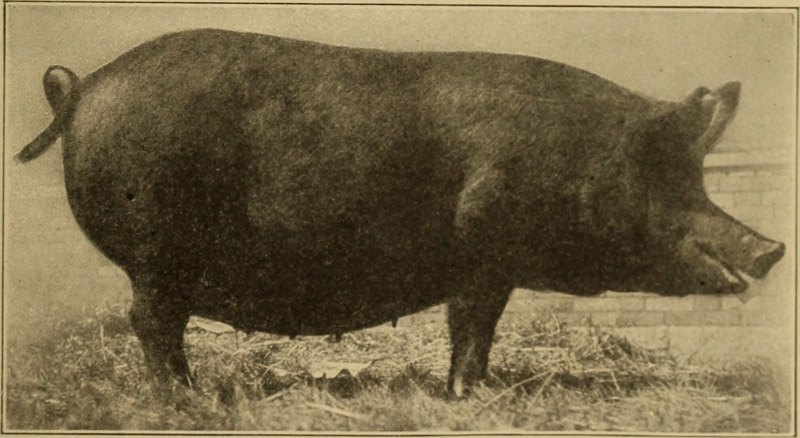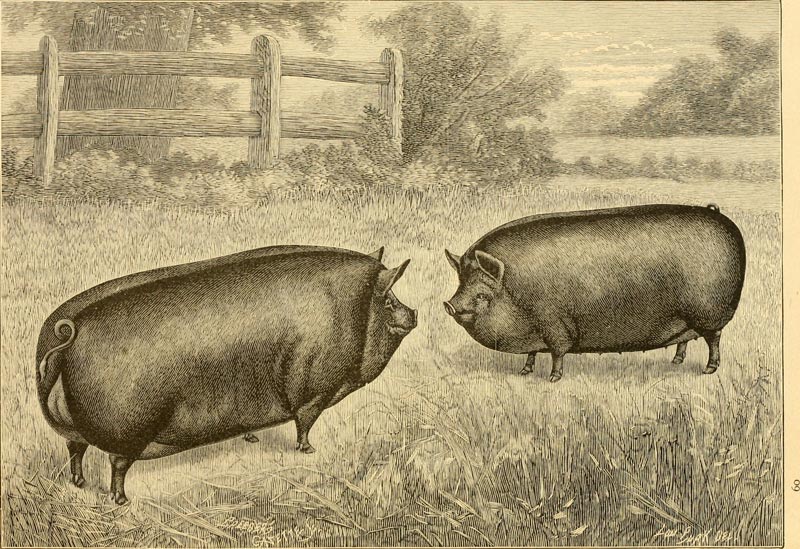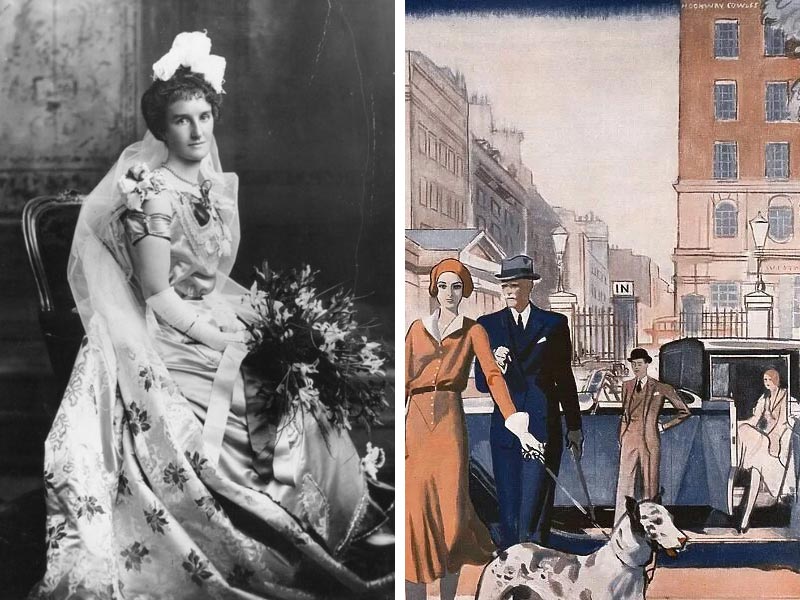The rugged mountains and coastline of North Wales attract many…
The Full English breakfast
Plot: Six, square shaped, tiny toasts on a plate, five with red jam on top. The jam is just sliding onto the sixth one.
’Good morning, Poirot.’
’Bon jour, Hastings.’
’Is that all your having?’
’What more is there to have?’
’Decent English breakfast.’
’And what is that, Hastings?’
’Well, porridge, two eggs, sausage, bacon, tomato, toast and marmalade and a pot of tea. That’s what I have anyway.’
’After such a meal, Hastings I would return to my bed. No, no, no, this will suffice for Poirot.’
’Is there anything in English cuisine you like, Poirot?’
’The English, they do not have a cuisine, my friend, they only have the food.’
’Oh, that is a bit harsh.’
’Like the meat overcooked, the vegetables too soft, the cheese inedible. And the day the English create their own wine, is the day, I return home to Belgium.’
*
I like Poirot but do not always agree with him. 🙂 English kitchen is good. Very good. Only those claim the English having no good food who do not know it. But even those who do not think the English have good food agree, that if anything, the English breakfast is brilliant. I have not met anyone yet who would not have liked it, even the French admit it is very good and are pleased to have it for breakfast.
The English breakfast is quite filling, if you have tried it, you know it by now. Few years ago I was on holiday in England and stayed at a B&B where I had English breakfast every second day ( as I could not keep up with the intake). It lasted until 3-4pm and kept me going, so it really was a win-win situation for my body and for my wallet! As winter is coming, it is time we spent some time with the Full English, I think.
Don’t think the English have the Full English every morning. The don’t. An average family would make a Full English when they have a guest in the house, or when they fancy it (and have the time for making it). If they, however, are on holiday, traveling they would go for it everywhere: in hotels, at airports etc. Being a filling dish, the Full English is often served as a Sunday Brunch as well.
The origins
The Full English goes back to the 13th century when according to Anglo-Saxon traditions guests were served plenty of food. This tradition was kept by the Gentry in the Middle Ages and breakfast became the most important meal of the day. It was essential to have sufficient food before traveling or hunting. To appear as a good host in the guests eyes was not the only motivation for the Gentries to serve substantial food. It was a good occasion to show off the products of the estate. Like many other things, the Full English was developed in the Victorian era as well.
And what does the Full English consist of? Although it is well-known, let’s have a look at it.
Sausage
The sausage here reminds me of the German Bratwurst. We in Hungary have two different types of sausages: the hot-dog sausage and a sausage containing paprika which the English would call something like salami sausage. When I first had an English Sausage in that B&B a few years back, I was not impressed. I can recall a conversation with one of my former colleagues who too relocated to England. Having both worked for the meat industry, we did find the English sausage strange. He said, it was like eating saw dust. Since I learnt that the English sausage IS good and like anything else the quality of the product does matter. Cheap sausages taste like saw dust, but good quality ones are beautiful and have a high meat content. As for the seasoning, the most common types are Cumberland, Lincolnshire and Yorkshire sausages. My favourite is the Cumberland because of the herbs and spices that are used in it. If you are an expat in Budapest and fancy some good quality English sausages, you can have them here.


Bacon
The English bred different pigs for their bacon, the Tamworth and the Yorkshire pigs which are often called ’bacon pigs’. Before the industrial revolution people used to keep pigs in the house (even in towns in cellars) which was banned in 1930 only. Every family had its own recipe for curing and smoking the bacon.
What really makes the back bacon typically English is the method of the cut. The English crossed the Canadian and the American method of cutting and created a new shape which they are very proud of. It is a cut from pork belly and pork loin and indeed, it is beautiful.

Baked beans
The best part of the breakfast for me, although this is the last component that was added to the Full English and it is not even English at all! Baked beans were produced in America first and it became available in 1901 in London only at Fortnum and Mason as specialty. The UK started to produce baked beans in 1905 only and became popular afterwards.
Hash Brown
Hash brown is American as well and as such is not part of the original breakfast. It often has a triangle shape and is made of potatos. In Hungarian it would be equal to röszti.
Black pudding, white pudding and soda bread
Black pudding is more Scottish and the product and equals véres hurka in Hungarian. I do not mind having it, but generally it is not something that is served at airports, pubs etc – at least whenever I had a Full English at an average place in the UK, black pudding was not served. In Ireland you would find white pudding and soda bread served with your Full English.
The rest of the ingredients do not need explanation: fried eggs, mushrooms, tomato, toast and tea.
Although more restaurants, brasseries, pubs serve Full English in my home country, Hungary (Budapest), I have never managed to have a proper one. English breakfast can not be served with hot-dog sausages or with Mexican tomato beans to mention a couple of the mistakes I found. Therefore, if you want to have Full English at home (whether in the UK or Hungary) follow below instructions and it will be fantastic. I appreciate I am not the only one describing how to make Full English, but I am extremely proud of being able to make a prefect one taught by an Englishman.
INGREDIENTS (serves 2)
4 sausages (I use Cumberland – get them from here)
4 Danish Bacon (In Budapest you can get them from here)
1 tin of Heinz baked beans (only use Heinz, you can get them from Tesco in Hungary)
2 tomatoes
some mushrooms
2-4 eggs
toast
English Breakfast tea
milk
Timing and order is key in making English breakfast because ideally we want to serve everything hot. It seems to be easy, but it can be really tricky if you lose timing and not doing the right order. Therefore I start with placing 2 slices of bread into the toaster but not switching it on yet. I put the kettle on and put teabags into mugs but leave the water in the kettle.
I stab the sausages with a fork a few times so that the steam can escape of the product then put them into a lightly greased pan. They go to the oven for 20 minutes in total at 180C Fan. After the first 10 minutes fry the bacon both sides in a pan then put them next to the sausages for 10 minutes in the oven. Cut the tomatoes into half and fry them in a pan on a mid heat. Same process for the mushrooms as well, then both the tomatoes and the mushrooms go to the oven in a separate pan.
Transfer the beans from the tin to a pan and warm it up on a low heat. Stir it from time to time so that it does not burn.
When the sausages are done, the bacon is crispy and the tomatoes are soft, fry the eggs. While the eggs are frying, put the kettle on again and make the teas and switch on the toaster. Technically, everything should be ready at the same time and serve everything hot.
It is great and worth trying it at home. I love this dish, especially on winter mornings, because sometimes there is nothing better than starting the weekend with a cosey, hot breakfast…
Enjoy!




This Post Has 0 Comments